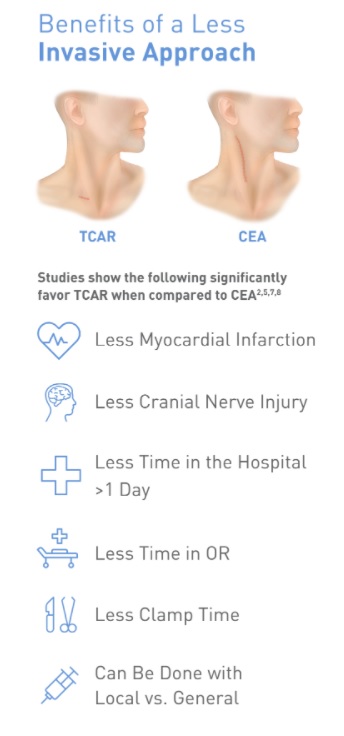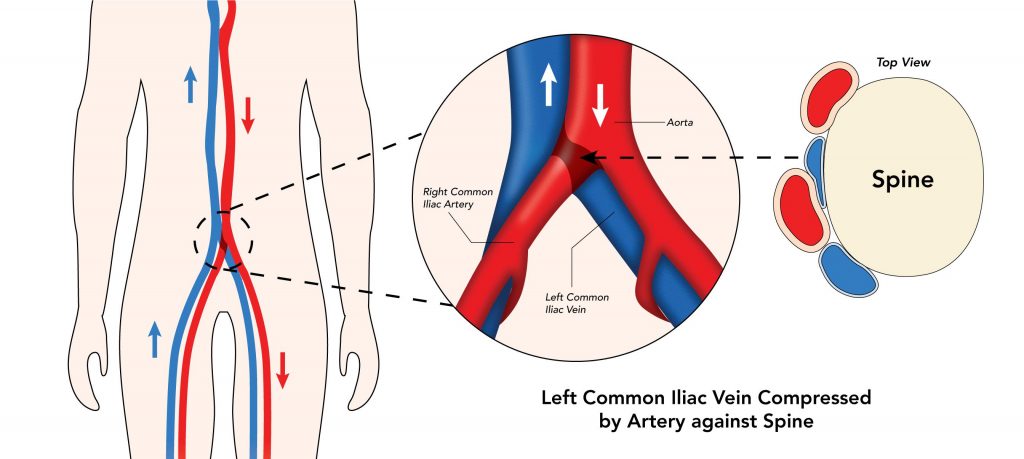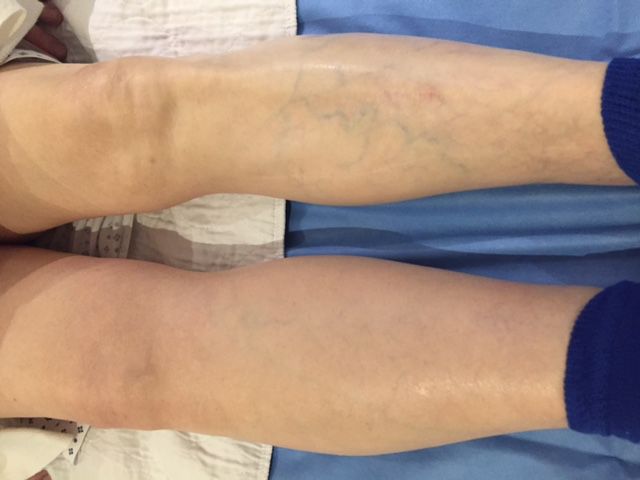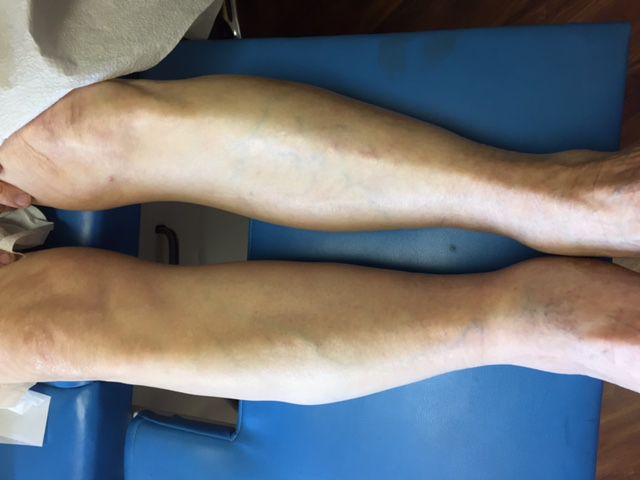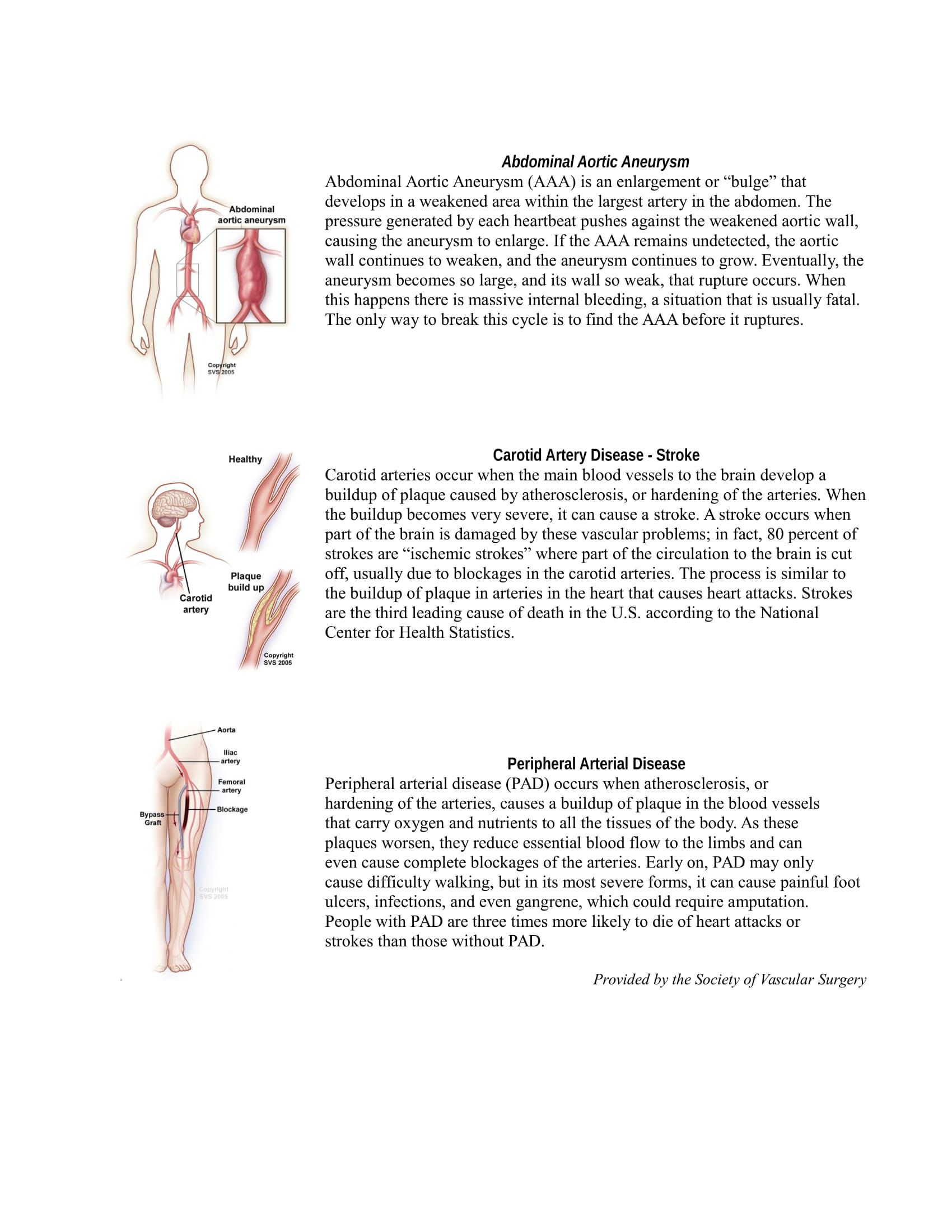Time and again, patients come to our office following a vein procedure by local Vein “Experts”, Vein “Specialists” and Phelebologists complaining that their legs continue to hurt and to swell even after their varicose vein procedures. Disappointed and scared, many of these patients have spent thousands of dollars, have undergone multiple procedures and have endured months of pain, only to find that they have been treated for the wrong condition and have been told that there is nothing else that their doctor can do to help them. Not knowing where else to turn, patients walk into our office knowing that something is just not right and hoping that we we can help.
The question is, why is this happening?
For the past 23 years the physicians and surgeons at South Bay Vascular Center and Vein Institute have dedicated their entire practice to treating patients with the full range of venous issues–from cosmetic spider veins to non-healing venous ulcers. Since 2005 alone, we have performed over 10,000 endovenous closure procedures in our office, and have done thousands more phlebectomies and sclerotherapy sessions in an effort to help our patients return to a normal life. At South Bay Vascular, we are not just a varicose vein treatment center or vein clinic; we are a group of board certified vascular surgeons, clinically trained to treat patients with problems in any part of their circulatory system. Treating varicose veins is not something we have learned at a weekend course or seminar as a way to augment our primary practice…veins are our primary practice and that is what we have been clinically trained to do.
Unfortunately, this isn’t always the case. And that is why so many patients come to our office looking for help.
Many of our patients, having been previously treated for varicose veins by cardiologists, internists, dermatologists and phlebologists positioning themselves as Vein “Specialists” and Vein “Experts”, but have conditions far more complicated than “leaky valves” that show up as varicose veins. In most of the complications we see, patients have been treated by doctors thinking the problem could be easily fixed using a VNUS, EVLT or Sclerotherapy procedure. Unfortunately for the patient many times this simple procedure does not work because their underlying medical condition is a much more complex and difficult problem to treat. When a patients problems persists, these same doctors end up referring these patients to an emergency room or to a vascular surgeon hoping their complications can be undone. Worse yet, sometimes these same doctors simply tell their patients that there is nothing else that can be done for them.
In our years of treating patients with venous disease we have achieved a technical success rate using our endovenous VNUS and laser procedures of nearly 100%. But NEARLY 100% is a far cry from 100%. Some patients don’t feel better. Some patients, continue to have legs that ache, legs that remain swollen, and wounds that do not heal. Some of our patients were just not getting better.
Up until about two years ago, all we could do for those patients whose legs did not heal was to repeat the ultrasound and hope to find some other vein issue that we could treat. Sometimes this worked; but many times it didn’t. In the instances when we did find a secondary vein or discovered that a vein treated earlier just did not close entirely, we would proceed to treat this vein a second time; but even then, many of our patients simply did not get better. Our question continued to be Why?
After 20 years and tens of thousands of patients, we discovered that in certain patients, there was in fact, another mechanism in the venous system that was keeping our patients from getting better. It was called May-Thurners Syndrome.
What we have discovered is that in many of the cases where our patients did not heal, the problem wasn’t with the the Greater Saphenous Vein (the main vein treated in the vast majority of varicose vein procedures) but with the iliac veins; the vein between the belly button and the groin. What we discovered was that problems in the iliac vein could cause many of the same types of symptoms and problems that we saw when there were leaky valves in the leg veins. What we learned was that the problems with the iliac vein were usually the result of a compression or a scarring. What we discovered was that iliac vein compression (first identified in the early 50’s by Dr’s May and Thurner) happened because of the way the iliac vein is anatomically positioned between a beating artery and a hard pelvic bone and that often times this presented as varicose veins and swollen left legs.
Iliac Vein Compressions not only causes elevated pressure in the left leg resulting in aching, swelling, and non-healing wounds, but predisposes the left side to a much higher risk of blood clots after orthopedic surgery, long flights or drives, cancer, periods of immobility or bed rest.
Very few doctors, it turns out, are able to treat iliac vein compression, because one has to be a vascular surgeon and or an interventional radiologist to do so. Many of the so-called phlebologists, and “vein doctors”, who decided to abandon their field of training to treat varicose veins and other cosmetic issues, are not people who were trained in their residencies or fellowships to perform this type of procedure. Nor were they trained in ultrasound or in understanding the flow dynamics of the vascular system. Because of this lack of clinic training, they are unable to treat iliac vein compression, and so they ignore it, keeping many patients from options that could help improve their daily lives, relieve their leg swelling, and heal their leg wounds.
At South Bay Vascular, we have trained and have performed thousands of venus procedures and have treated hundreds of cases of iliac vein compression. We are experts in all aspects of vascular surgery, including conditions like iliac vein compression. Unlike phlebologists, we can offer all approved treatment options to patients for the treatment of their leg aching, swelling, and discoloration. Most importantly, it is our state of the art accredited vascular lab and registered ultrasound technologists who make so much of what we do at south bay vascular possible. Our advanced vein mapping and screening protocols, together with our national accreditation gives us the ability to do cutting edge surgical procedures; this is what sets us apart from nearly every other vein clinic and treatment center in the whole of Northern California.
Because of the advances in medical imaging and device technology, a large number of our procedures can be done on an outpatient basis in our office. Dr. Kokinos is a recognized leader in the area of deep venous disease and has treated more patients in northern California using Intravascular Ultrasound than any other physician in the region. As a result of her cutting edge treatment protocols and surgical techniques, Dr. Kokinos has been recognized as an international expert and has been an invited speaker at national vascular and interventional meetings in San Francisco, Miami, and Colorado over the last 6 months to discuss her findings and her treatment for patients presenting with these types of problems. Most recently she has been asked to speak at the main venous meeting in the United States, the American Venous Forum, where she will be presenting her clinical research on the use of non-invasive and minimally invasive techniques to diagnose and treat iliac vein compression.
Currently, Dr. Kokinos serves as the Medical Director of the Wound Care Centers at O’Connor and St. Louise Hospitals, and is the Chairperson of the Cardiovascular department at San Jose’s Good Samaritan Hospital. She and her partner, Dr. Carlos E. Pineda, are dedicated to offering patients suffering from both arterial and venous wounds the most cutting-edge and effective treatments available to save their legs, stop their pain, and improve their lives.
If you or anyone you know suffers from varicose veins, diabetic infections, non-healing leg wounds and or are facing an amputation, please call our office to understand your options.
We offer hope when others say there is none.
408-376-3626
